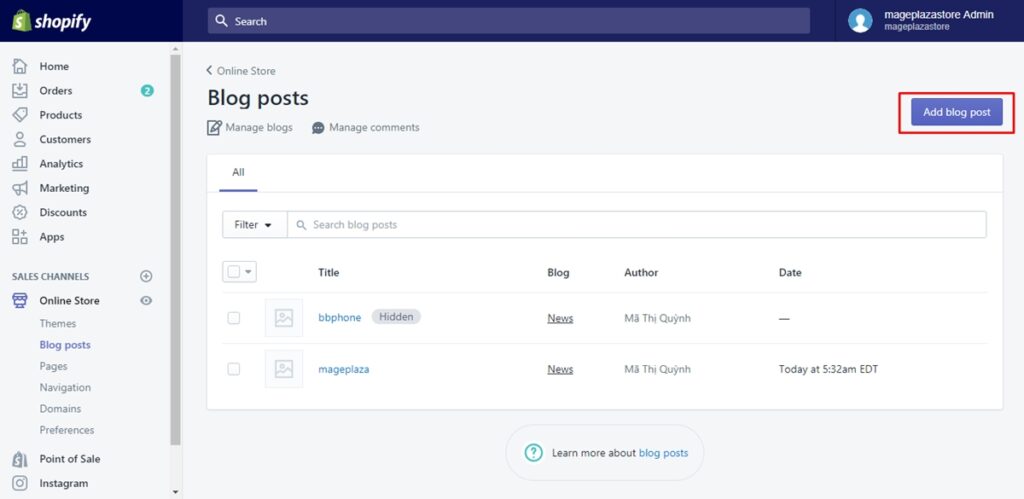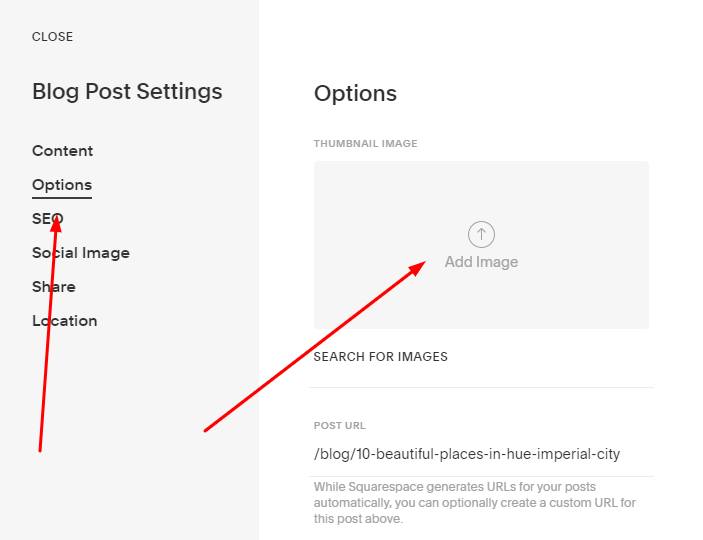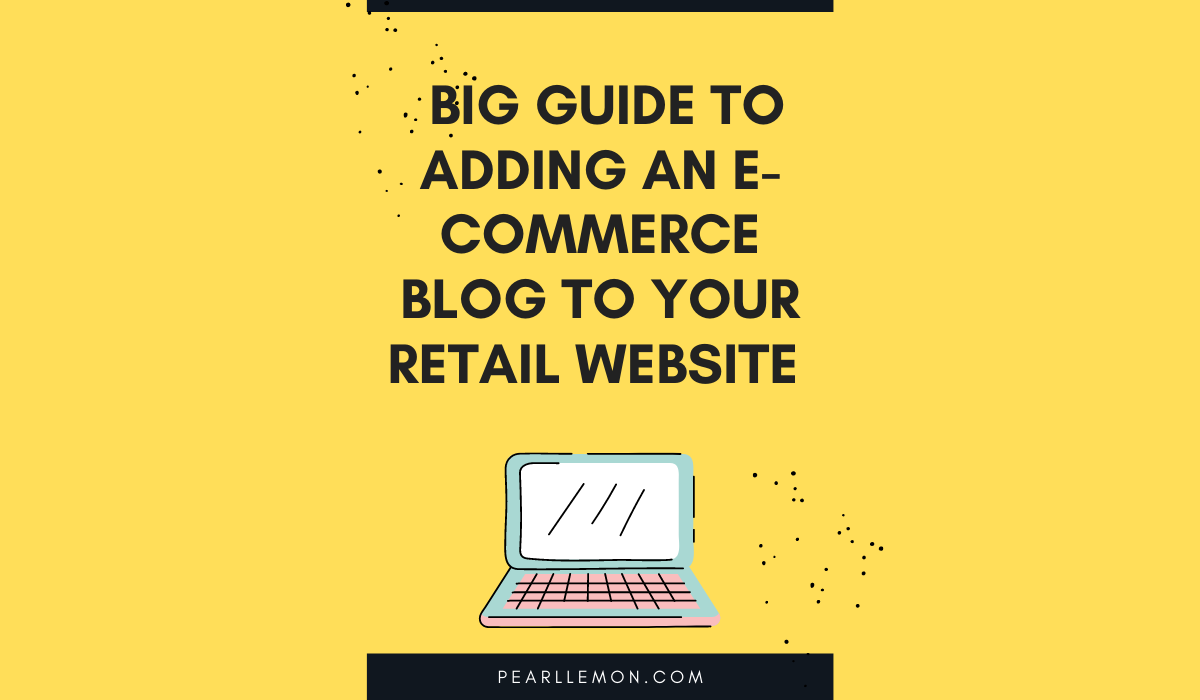You’ve heard, time and time again, that if you want to have some chance of succeeding in the increasingly competitive online marketplace, your e-commerce site needs to have a blog attached to it. One that is updated regularly to boot.
Finally, you have been persuaded by all the advice you’ve read, heard and seen, and you are ready to run with the idea. Or will be soon.
Yep, you are ready to start blogging; you are getting ready to hire writers – or have a staff member take on the task. You are ready to invest in the SEO you know you’ll need to keep in mind once the blog posts begin to publish. But there is still one big problem you need to solve before any of this can happen. You don’t actually know how. The steps you will need to take on your specific e-commerce software platform to create a blog section.
The process for adding a dedicated blog platform does vary – in some cases significantly – from platform to platform. Figuring it all out can be challenging. Given how busy you are (actually running your business) it’s not a headache you need.
The good news is we’re here to help, by going through the steps to add a blog to various major e-commerce platforms, you can begin taking advantage of all the qualities. Including SEO, customer engagement and brand building benefits that an e-commerce blog will bring.
Adding an e-Commerce Blog to a ShopifyStore
Among small to medium-sized e-commerce store owners, Shopify is quickly becoming the go-to choice for setting up, and running, an e-commerce store. This is for a good reason. Shopify stores look good, function well, and, importantly, when it comes to blogging, have a lot of neat features built-in. Including an e-commerce blog that you have to activate.

To do that, login into the back end of your Shopify account and head to the Admin Panel. You can access the “Online Store” section from there. Click it, then click the Blog Posts tab.
Next, click the Manage Blogs tab, and then the Add Blog button. This will open a window that will allow you to start configuring your new e-commerce blog. You’re going to need to give it a title and choose how you want to manage the comments. We suggest opting to hold them for moderation. Periodically check back to moderate and accept legit comments and trash the inevitable spam (all blogs attract spam).
Your blog design will be the standard offering for Shopify stores by default. You can customize it, but you need to either download a new template or build one yourself if you want to use a custom template.
You’ll probably want to start writing and posting right away once you have your blog set up, but before you do we suggest at least adding an SEO app, so you can manage your metadata, rich snippets, and other information crucial for good SEO.
You may also, if you would like, build a blog on an external website, such as Blogger, WordPress, or Tumblr, and then link this to your Shopify store instead. Some e-commerce store owners prefer this, especially if they want to add a lot of customization.
To link an external blog to your Shopify site, go to the admin panel and click Online Store, then Navigation, where you will be able to add a menu item to build your link.
Adding an e-Commerce Blog to a Magento Store

Magneto is a platform used by many mid to large-sized e-commerce stores, and is, in terms of basic functionality a solid choice. However, the one thing that Magento platform lacks is built-in blog functionality, something we think is a huge oversight on the part of an otherwise excellent platform.
This means that to add a blog to a Magento based store, you will either have to create an offsite blog and link to it or add (and usually pay for) one of the blog platform plugins that are found in Magento marketplace. Here are a few you can try that we have found to be better options available.
Better Blog By MagePlaza
This is a free, open-source blog platform designed for Magento. It’s a pretty straightforward blogging framework, but it has a responsive design right out of the box, a point in its favor. You can use some widgets, including a strong URL structure for blog posts, and has some SEO quirks programmed into it. The downside is, you always have to dig into the code to do it if you want to make more advanced modifications to the structure.
Blog by Aheadworks.
This is almost the polar opposite of the one above; it’s a strong blogging platform that also costs you quite a bit, though theoretically open source. $350 to be precise, but without having a service contract, it’s a one-time fee, and you’ll be pretty much on your own in terms of figuring things out, which may be a downside.
Awesome Blog by Magefan
This is the blog app you’ll most often see recommended, probably because in its most basic form it’s free, and it’s relatively simple to use. For SEO purposes, however, we’d rate it meh.
As mentioned, creating an offsite blog is the other alternative, and one you should seriously consider as a platform like WordPress is mostly free to use, and in terms of SEO control, you will have a lot more.
Adding a Blog to a BigCommerce Store
Like Shopify, BigCommerce has an e-commerce blog platform built-in, one that merely needs to be activated to get it up and running.
You need to log in to your admin panel and go to the Storefront section and click on the Blog to activate and use a BigCommerce blog. Your blog should automatically be Visible by default, but if you didn’t want to use it before, it could be disabled. Turning it visible will make it appear to administrators and users as part of your theme and be usable.

The biggest issue is that this is a fundamental blog. You can add a title, post body and a few tags and that really is about it, which from an SEO standpoint is a long way from ideal. If you have yet to launch your e-commerce site and are interested in using BigCommerce, an alternative is to build a WordPress site and then integrate a store into it via the BigCommerce WordPress app.
Adding a Blog to a Shift4Shop Store
Shift4Shop – previously known as 3DCart Store is not one of the biggest e-commerce platforms out there. Still, it is growing in popularity with new, smaller e-commerce concerns, especially physical retail businesses who never really bothered with the idea until the pandemic hit.
Just like BigCommerce and Shopify, Shift4Shop/3D Cart Store does offer a built-in blog feature that can be activated and used whenever you are ready to launch it. It’s a basic offering, but since the rebranding seems to have been retooled a little, and offers more basic SEO control than before.
If you really only want to deal with a very basic interface and minimal SEO it’s an OK option, but minimal SEO, to be frank, is not something you can get away with if you want to compete in the very active, but very competitive e-commerce scene in 2021 and beyond.
You first have to build a navigation link to it to use your blog. There’s a blog already, but no one can get to it. Go to Content, then Site Content, and then click to edit the links from the top menu. The footer can also be edited to include a link as well. Select +add, define the name of your blog and select the content under the action wheel. Link to and save your changes at ‘blog.asp.’
You can then click the Blog in the Content section and browse through the blog settings options. You may hide or unhide archives, categories, recent posts, and navigation with prev/next here. Your blog design, comment management, and email subscription features can also be selected here.
Adding an e-Commerce Blog to a Volusion Store
Volusion, which is a considerable concern, fails out of the gate for us as it offers no blog integration as a built-in function at all, not even a slightly overpriced app.
If you want to a blog on your Volusion’s store, you’ll need to go through a couple of extra steps (that can be a real PIA)
Firstly, you’ll want to use WordPress to set up a blog. You can opt to use a new URL for it, or you can use your Volusion URL. When you’re using the second method, you’re going to need to speak to Volusion to get them to create a blog subdomain for you and to connect that subdomain to another platform, i.e. the one hosting your WordPress blog. However, it isn’t a great solution.
Creating a standalone blog and then having those same staff help you link to it is another option available to you. Again, not ideal, but the best choice you have if you don’t want to leave the platform.
Adding a Retail Blog to a Squarespace Store

In reality, SquareSpace is a general, all-purpose web builder, but some people do use it to host a store. And of all the web builders, its blog option is probably the most robust in integration and SEO outside WordPress.
The actual steps for adding a blog differ according to the version of SquareSpace your site is built on, but there is a good walkthrough from the company themselves here.
We like SquareSpace blogs as users have access to an impressive array of SEO functions and social media integrations ‘out of the box’ once the blog is set up. You can use a SquareSpace blog and implement good SEO without the need for an outside set up.
Using WooCommerce Instead
WooCommerce is WordPress’ store function, and, if you were to start a new store from scratch today, from an SEO standpoint, it’s the way to go if you want to blog and make completing SEO for your store, in general, more effective.

This is because WooCommerce is WordPress, and WP remains one of the best CMS options from an SEO and function standpoint you can choose. The fact that WordPress design is so versatile – there are quite literally hundreds, if not thousands of WordPress themes that are WooCommerce friendly – is another big plus, as this will allow you to create a storefront – and a blog site – that is 100% unique to you.
Oh, and about that blogging. For any e-commerce blog to be effective, however, it is set up, you need to blog often, use the right keywords, pick the suitable topics and figure out how to get those all-important backlinks.
If you need help there, Pearl Lemon has a team of highly qualified, experienced content creators who can help. Get in touch here to find out how they can help you get your e-commerce blog off to a good start and ensure that in the future it reaps you all the SEO, customer engagement and brand building benefits you are hoping it will.








